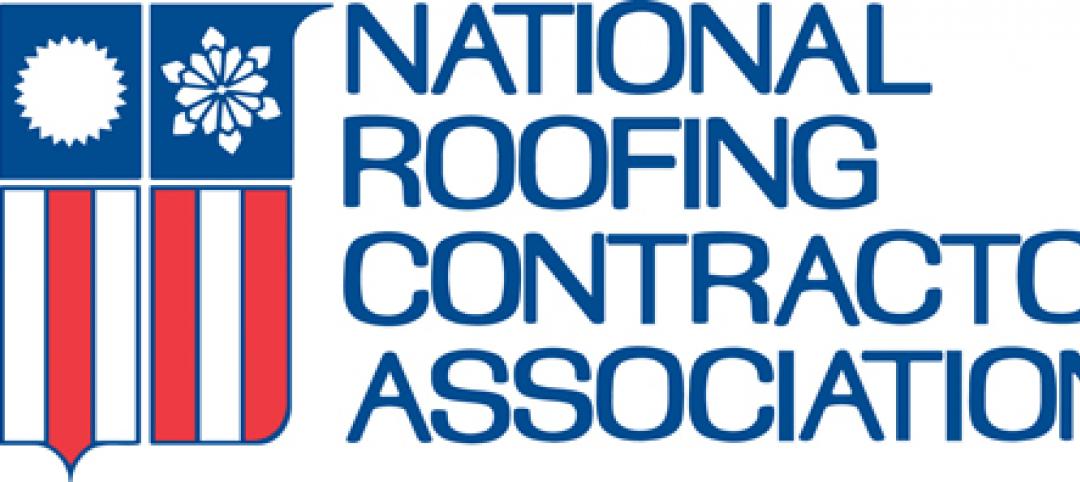Starting in June, California’s latest version of its Title 24 building code kicks in, requiring several systems come with demand response capability. Every new or retrofit thermostat, HVAC system, networked lighting controller, and building automation system in the state will have to be ready for two-way, automated utility-to-customer energy management. Non-residential building lighting systems will be required to have daylight-matching adjustment, dimming and demand response capabilities.
These devices and systems will be required to be “capable of receiving and automatically responding to at least one standards-based messaging protocol” to receive signals from utilities. There are a few standards that meet the requirement— OpenADR, SEP 2.0, and HomePlug.
OpenADR was developed by the California Energy Commission and Berkeley Labs. It offers tools to allow buildings and utilities to communicate about energy availability, price, and how buildings can execute and confirm actions to reduce power use.
These standards were enacted after the California Energy Commission identified flaws in the state’s approach to demand response in a 2013 report, including a failure to reach modest goals set in 2007 to reduce peak demand by 5%. The solution may come from a market-based program to encourage users to reduce demand during peak energy use periods. The new demand-response standards pave the way for this option.
Related Stories
| Jul 19, 2012
NRCA: Roofing insulation performance, local climate keys to computing R-value
To minimize the loss of thermal resistance in design, the R-value of roof insulation should be computed based on the actual performance of the insulation material and the local climate, says the National Roofing Contractors Association.
| Jul 16, 2012
Business school goes for maximum vision, transparency, and safety with fire rated glass
Architects were able to create a 2-hour exit enclosure/stairwell that provided vision and maximum fire safety using fire rated glazing that seamlessly matched the look of other non-rated glazing systems.
| Jul 12, 2012
Federal budget chief to explain impact of pending defense cuts before Congress
Office of Management and Budget Director Jeffrey Zients is scheduled to testify before the House Armed Services Committee Aug. 1 to explain the possible effects of $500 billion in defense cuts on U.S. companies, including those in the design and construction industry.
| Jul 12, 2012
Pennsylvania legislature moves to prevent undocumented workers on public construction projects
Legislation to prevent undocumented workers from being hired by construction companies working on state-funded projects passed the Pennsylvania Legislature.
| Jul 12, 2012
New York’s One Bryant Park Bank of America tower is first new high-rise to achieve LEED Platinum
The new One Bryant Park Bank of America tower in midtown Manhattan is the first new commercial high-rise to achieve LEED Platinum certification.
| Jul 12, 2012
OSHA launches campaign to prevent heat illness
The Occupational Safety and Health Administration has launched its 2012 Heat Illness Prevention Campaign to educate employees and their employers about the hazards of working outdoors in heat, and how to prevent heat-related illnesses.
| Jul 12, 2012
Contractors have increasing concerns over new federal hiring quotas
A proposed rule by the U.S. Department of Labor's Office of Federal Contract Compliance Programs to increase disabled- and veteran-worker hiring quotas for federal contractors continues to raise deep concerns among contractors.
| Jul 5, 2012
Veterans Administration threatens to pull contract on new Orlando medical center
The Veterans Administration asked contractor Brasfield & Gorrie to get more workers on the job and figure out a way to get the job done faster, or the VA would pull the contract on the much-delayed Orlando VA Medical Center.
| Jul 5, 2012
Cost to contractors for new federal hiring quotas much higher than estimated, AGC says
Administration officials significantly underestimated the cost to construction employers of proposed new hiring quotas for federal contractors, according to analysis by the Associated General Contractors of America.















